In today’s context, Jute as well as eco-friendly jute bags, are the most substitute solutions for the pollution-free Eco-friendly environment. It is a natural fiber that is the most Eco-accommodating, biodegradable, and recyclable fiber that meets social duty and green development objectives. Over the years its has gained enormous importance. Export earnings from jute as well as Eco-Friendly Jute Bags have increased by 14 percent in the first ten months (July-April) of the current fiscal year 2019-20, compared to the corresponding period of the previous fiscal.
According to statistics placed at a meeting held at the Ministry of Textiles and Jute on Sunday, Bangladesh earned US$ 791.3 million from the export of jute and jute products in the July-April period of the current fiscal, which is 14 percent higher than the earnings during the corresponding period of the previous fiscal year. The export earnings are also 17 percent higher than the target set by the government for the first ten months of the outgoing fiscal year, report UNB and BSS.

What is Jute?
Jute is a long, soft, shiny vegetable fiber that can be reel into coarse, strong threads(Jute’s tensile strength). Jute is a vegetable plant whose fibers are dried in long strips. Jute fibers are composed principally of the plant materials cellulose and lignin. It falls into the best fiber category. The industrial term for Jute is raw Jute. Fibers are off-white to brown and are also called golden fiber for their color and high cash value. Jute Bags are made from jute fibers.
The Jute plants grow mainly in warm and humid regions, such as Bangladesh, China, and India. When used in grocery bags as an alternative to paper or plastic bags, Jute is both one of the most environmentally friendly choices and one of the most cost-effective long term.
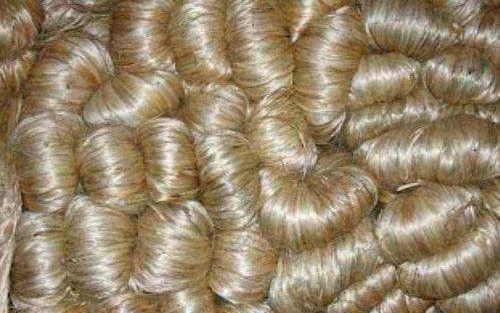
How are jute bags made?
Jute is a natural fiber generally known as the golden fiber. The jute fiber is grown on fields and comes from the jute plant’s stem and outer skin. A process called retting harvests the material’s fibers. Retting comprises grouping the steams together and running them below slow running water. Once retting is complete, the unproductive or non-useful material is removed, with only the essential fibers from the jute steam kept. It is a problematic job stripping and finding the crucial fibers. Eco Friendly Jute Bags are made with soundly woven and sewn jute material to give their free-standing capability, and as a result, many consumers use it for bags.
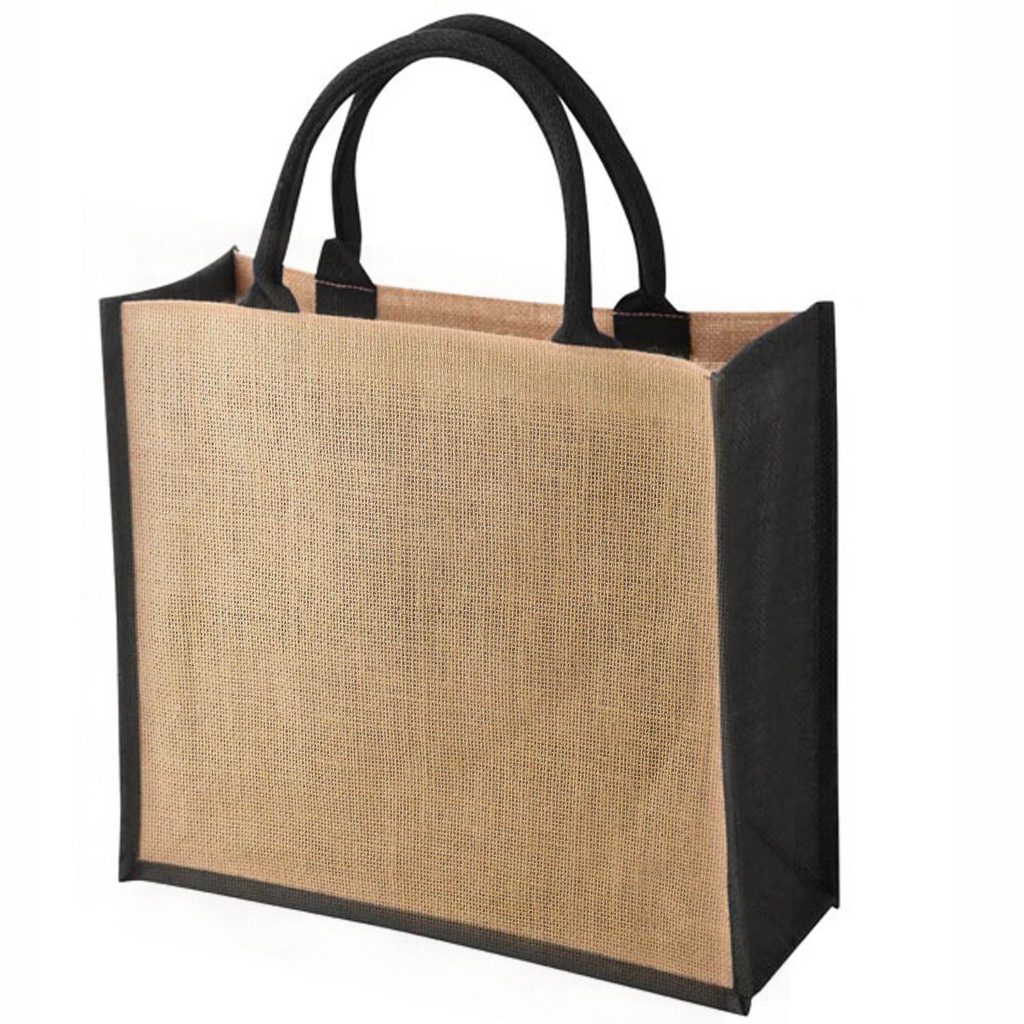
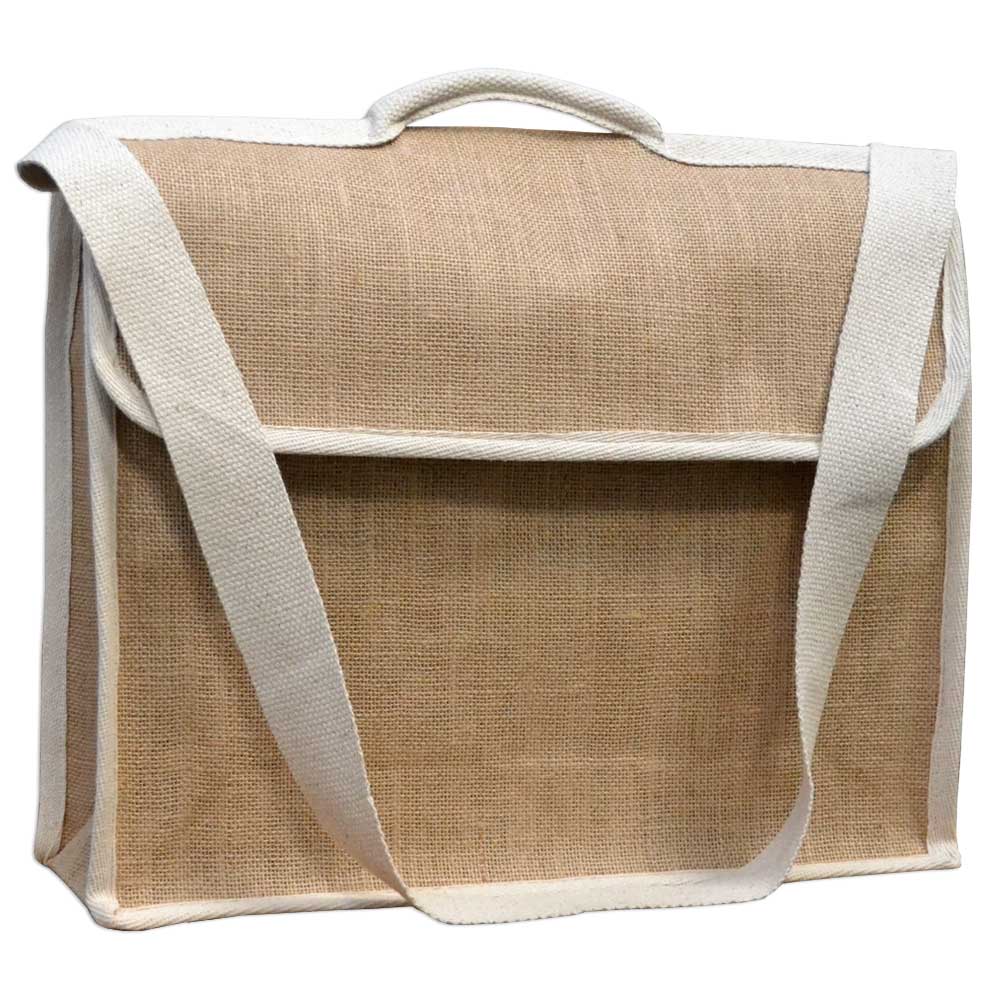
Jute Bags-
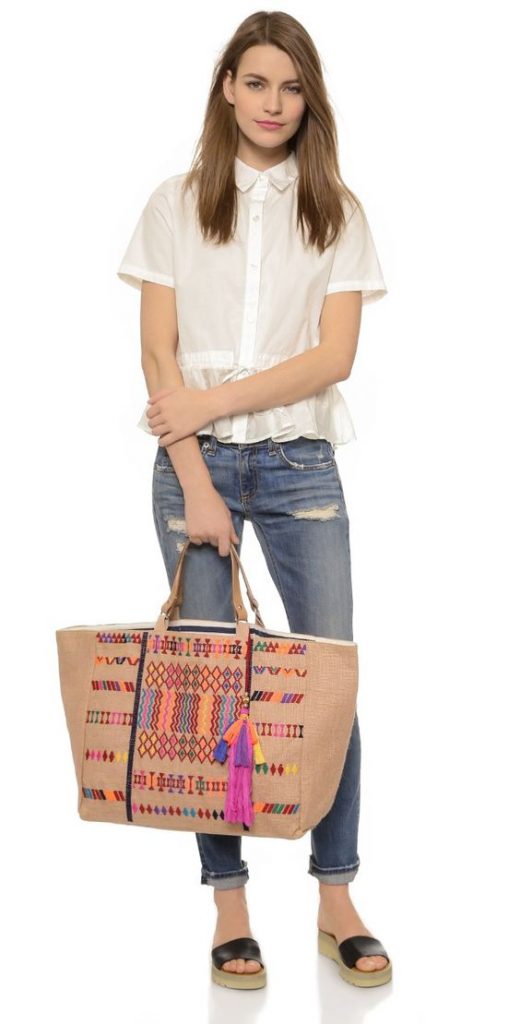
Jute bags are the most demandable bags because of It’s diversity of uses, biodegradability, and cheap pricing categorization.
An eco-friendly Jute Bag is undoubtedly spacious and light. They are straightforward to carry around and comfy to carry lots of things in them. Since it looks trendy, it is a favorite accessory for young women as well. Mix and match your dress color or create an aesthetic style, particularly statement, with classic Eco Jute Bags.
Jute bags are Steeped in happy colors and breezy or geometrical prints. By mixing with materials like cotton and raffia, one can create stunning and trendy pieces.
The Organic Jute’s most popular bag styles are The Jute Gift Bag, Shopper Bag, and Luxury Tote Bag, Fashionable Jute Bag, so you can find something to suit your needs.
Major Advantages of Jute Bags
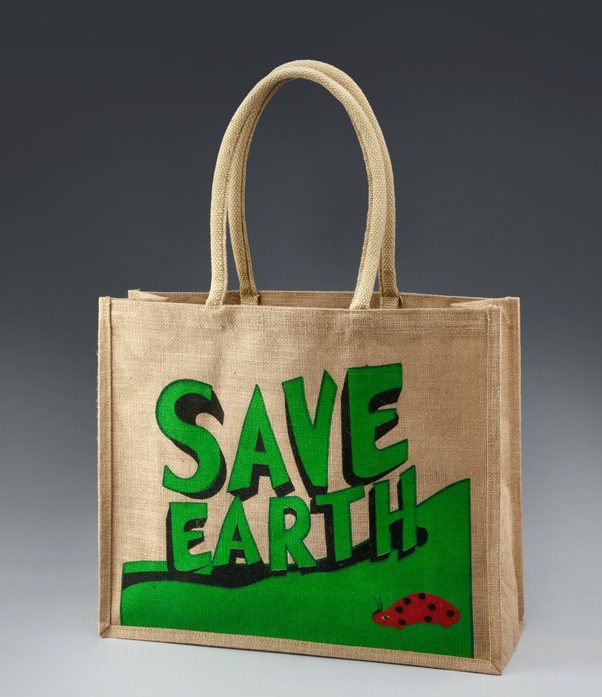
Jute bags are biodegradable and compostable. Jute fiber is 100% biodegradable and recyclable, and thus environmentally friendly. A hectare of jute plants consume about 15 tones of carbon dioxide and releases 11 tones of oxygen. Cultivating Jute in crop rotations enhances the fertility of the soil for the next crop. Jute also does not generate toxic gases when burnt.
So let us look at the main advantages of using Jute Bags over plastic and other bags.
Natural Fiber
Jute bags are composed of jute fiber, which is cheap and available and has a soft and smooth texture. Jute is much more sustainable, while plastic bags have a short term of life. Every year plastic bags are jumble all around us, extraordinarily dusty and harmful for the environment as they roll up in streets, water bodies, canals, rivers, beaches, and the sea.
Jute bags are biodegradable, reusable, breathable, and temperature resistant. Carrying products in a jute bag causes no hazard to hygiene or health.
Can be Used Several Times
You can use jute bags multiple times. Jute bags are natural products, so one can destroy and decompose Jute quickly, which is entirely a pollution-free process. On the other hand, plastic products are made to use for one time. Mass plastic carries are discarded in waterways, sewage, beaches, and streets everywhere.
Long-Lasting
Jute bags can keep their strength for a more extended period and durable its do not lose their beauty for a long time. In different circumstances, plastics lose their beauty very soon. Using jute bags would be a conscious effort on your part to make a plastic-free environment.
Variation and Design
Jute bags are trendy. Nowadays, various jute bag companies are making ultra-modern designed bags for consumers. These jute bags can be used in multiple ways. Companies are using Jute to create bags that carry books, folders, vegetables, and many more. Moreover, they are also making shopping bags, fashionable bags, and many more with Jute in diverse colors, designs, sizes, and ranges.
A Contribution to Nature
Jute plants cleanse the air, and thus one-hectare jute plant absorbs 25 tons of CO2 and emits 11tons of oxygen. It is also known for its high elastic strength and low extensibility. Besides this Jute, farming is labor-intensive, where unemployment is a severe issue.
A brief history of Jute
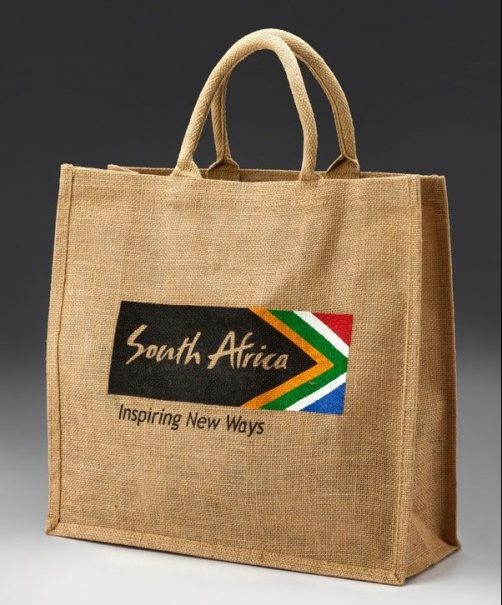
Jute was used in the Indus civilization in 3rd B.C. and used as food in ancient Egypt. over many years, and Jute is part of East Bengal and West Bengal. In ancient times, they used jute fiber to make clothes.
During the British region, the British started to export Jute from Bangla in the 17th century. Many British merchants got wealthy exporting Jute Goods.
Dandee jute baron and the British East India company build up many jute factories in Bangla. Jute was also used in the military; more than one billion jute sandbags were exported from Bengal to world war-1.
Jute trade roar through the eighteenth and nineteenth-century, but it ceased in 1970 when synthetic fiber employed the market. Now, it is one of the most important crops of B.D. And it was regaining its market position.
Reforms of the jute industry of Bangladesh
After independence, the government of Bangladesh. Nationalizes all large enterprises and all the big jute industries nationalized under Bangladesh jute mill corporation (BJMC). In the early 1980s, some changes present there about 50 percent of those mills got privatized again.
Govt tried to detect the jute industry’s problems in the 1990s as they got world banks full support under jute sector adjustment credit. But the loss of every year made the circumstances worst, and they closed nine mills, downsize two large mills, and privatized most of the mills.
In 2002, the total loss of BJMC was 3.9 billion, and the largest jute mill of Bangladesh, Adamjee Jute Mill, got stopped as it occurred losses and made the situation worst. After stopping AJM, the loss reduced to TK 2.1 billion. AJM became EPZ in 2006. But today, they are turning back; Jute is regaining its value. United Nations announced 2009 as the international year of natural fiber, and people are using jute products as it does not affect the environment.
Recent export data of Jute
According to the Export Promotion Bureau (EPB), in 2018, Bangladesh export earned worth $1.02 billion & in the next year, its export was worth $816.27 million. In 2019 they earned by exporting raw Jute worth $112.48 million, jute yarn and twine 512.42 million, jute sacks bags $83 million, and other jute products $108 million.
In the year 2019-20, the total export of Jute and its feature items is worth 88 crores 23 lakh 50 thousand dollars. from those, Jute yarn alone earns 56 crores 46 lakh dollars. It is about 64% of the total export of Jute.
In 2020-21 the total target of earning by exporting Jute and its Goods is worth $1.16 billion. In the first 3 months, it earns 30 crores 75 lakh and 50 thousand dollars, which is 39.26 percent higher than in previous years at that time.
Government stops all 26 government-operated Jute mills and sent retirement to all 24886 employees with a golden handshake. If Bangladesh can increase production capacity and diversify its Goods, it will get more orders, and their export will bloom.
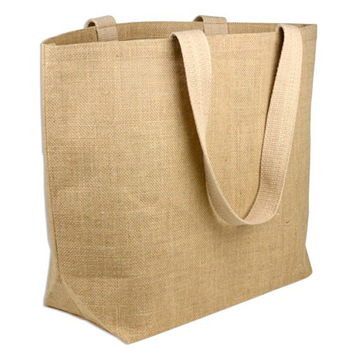
Jute bags are hard-wearing, sturdier, greener, and longer-lasting and can be used repeatedly, negating the need to use plastic carrier bags. Today Jute is considered one of the best substances for making safe, reusable grocery bags.
The jute sector has become a trendy sector nowadays. Raw materials are being available so quickly. That’s why more Entrepreneurs are being involved in the jute sector. The government of Bangladesh also took some steps to develop the jute sector by reopening many closed mills by exploring Golden Fiber’s true potentials.
